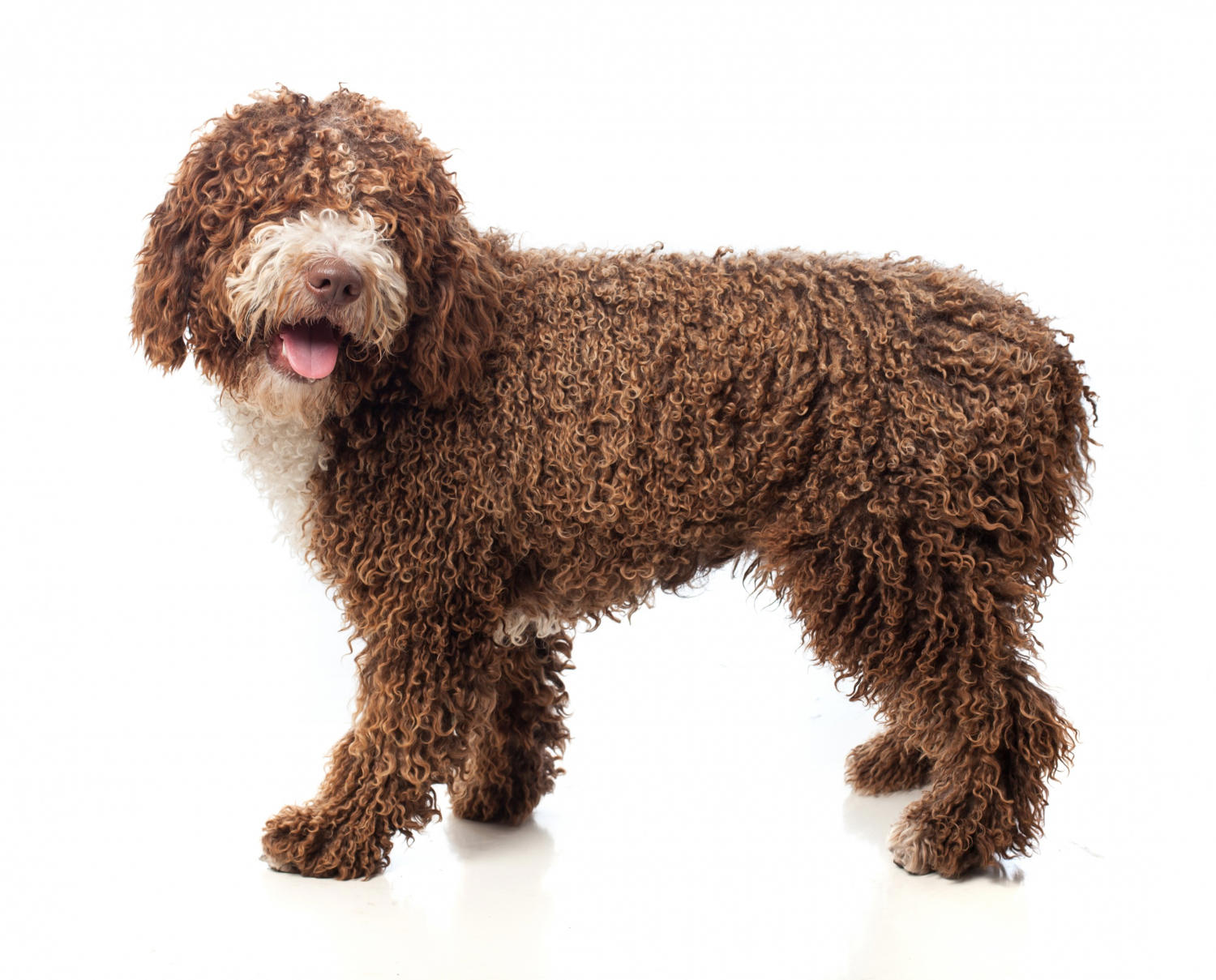As a pet owner, it is always disconcerting to see your furry friend struggle with any health issues. Urinary incontinence is one such condition that can cause distress to both you and your German Shepherd. This condition occurs when your dog loses control over their bladder, leading to involuntary urination. While it can be common in older dogs, younger ones can also suffer from this condition. Therefore, as a responsible pet owner, you must be aware of the signs and symptoms of urinary incontinence in your German Shepherd. In this blog post, we will discuss the top signs and symptoms that you should watch out for to ensure your furry friend receives the necessary treatment and care.
As pet parents, we all want our furry friends to be healthy and happy. Unfortunately, sometimes our beloved pets can develop health issues. One such issue that can affect German Shepherds is urinary incontinence.
Urinary incontinence is a condition where a dog is unable to control their bladder, leading to involuntary leakage of urine. This can be a frustrating and embarrassing issue for both the dog and their owner. In this post, we’ll cover the top signs and symptoms of urinary incontinence in German Shepherds, as well as the causes of this condition, and what you can do to manage it.
Signs and Symptoms
The signs and symptoms of urinary incontinence in German Shepherds can vary depending on the severity of the condition. Here are some of the most common signs to watch for:
1. Frequent Urination: If your German Shepherd is urinating more frequently than usual, it could be a sign of urinary incontinence. This is because the bladder muscles may be weakened or the bladder may be overactive, leading to more frequent trips to the bathroom.
2. Dribbling or Leaking Urine: One of the most obvious signs of urinary incontinence is when your dog is dribbling or leaking urine. This can happen while your dog is sleeping or while they’re awake and active. You may notice wet spots on your dog’s bedding, or a strong odor of urine on their fur.
3. Licking or Chewing: If your German Shepherd is suffering from urinary incontinence, they may start to lick or chew on their genital area more frequently. This is because the constant moisture and irritation can be uncomfortable for them.
4. Skin Irritation: If your dog’s skin is constantly exposed to urine, it can lead to skin irritation and even infections. You may notice redness, swelling, or a rash around your dog’s genital area, or on their hind legs and stomach.
Causes of Urinary Incontinence
There are several factors that can contribute to urinary incontinence in German Shepherds. These include:
1. Hormonal Imbalances: Hormonal imbalances, such as a lack of estrogen or testosterone, can weaken the muscles in the bladder and lead to urinary incontinence.
.jpg)
2. Age: As dogs age, their muscles and organs can weaken, leading to urinary incontinence.
3. Urinary Tract Infections: Urinary tract infections can irritate the bladder and cause urinary incontinence.
4. Neurological Disorders: Certain neurological disorders, such as spinal cord injuries or degenerative myelopathy, can affect the nerves that control the bladder and lead to urinary incontinence.
Managing Urinary Incontinence
If you suspect that your German Shepherd is suffering from urinary incontinence, it’s important to take them to the vet for a proper diagnosis. Depending on the underlying cause of the condition, your vet may recommend one or more of the following treatments:
1. Medications: There are several medications that can help strengthen the muscles in the bladder and reduce urinary incontinence.
2. Surgery: In some cases, surgery may be necessary to correct the underlying cause of urinary incontinence, such as a bladder obstruction or a tumor.
3. Dietary Changes: Your vet may recommend a diet that’s low in salt and high in fiber to help manage your dog’s urinary incontinence.
4. Exercise: Regular exercise can help keep your dog’s muscles strong and prevent urinary incontinence.
Conclusion
Urinary incontinence can be a challenging condition for both dogs and their owners. However, with proper diagnosis and treatment, it’s possible to manage this condition and improve your dog’s quality of life. If you notice any of the signs and symptoms of urinary incontinence in your German Shepherd, don’t hesitate to take them to the vet for a checkup. Your furry friend deserves to be healthy and happy, and with the right care, they can be.
As a pet owner, it’s important to be aware of any changes in your dog’s behavior and bodily functions. Urinary incontinence in German Shepherds can be a difficult problem to deal with, but with early detection and proper treatment, it can be managed effectively. By keeping an eye out for the warning signs and symptoms mentioned in this post, you can ensure that your furry friend receives the care and attention they need to live a happy, healthy, and comfortable life. Remember, your German Shepherd relies on you to keep them safe and healthy, so don’t hesitate to seek professional help if you suspect that they may be suffering from urinary incontinence.


.jpg)
%20-%20Copy.jpg)
%20-%20Copy.jpg)


%20-%20Copy.jpg)
